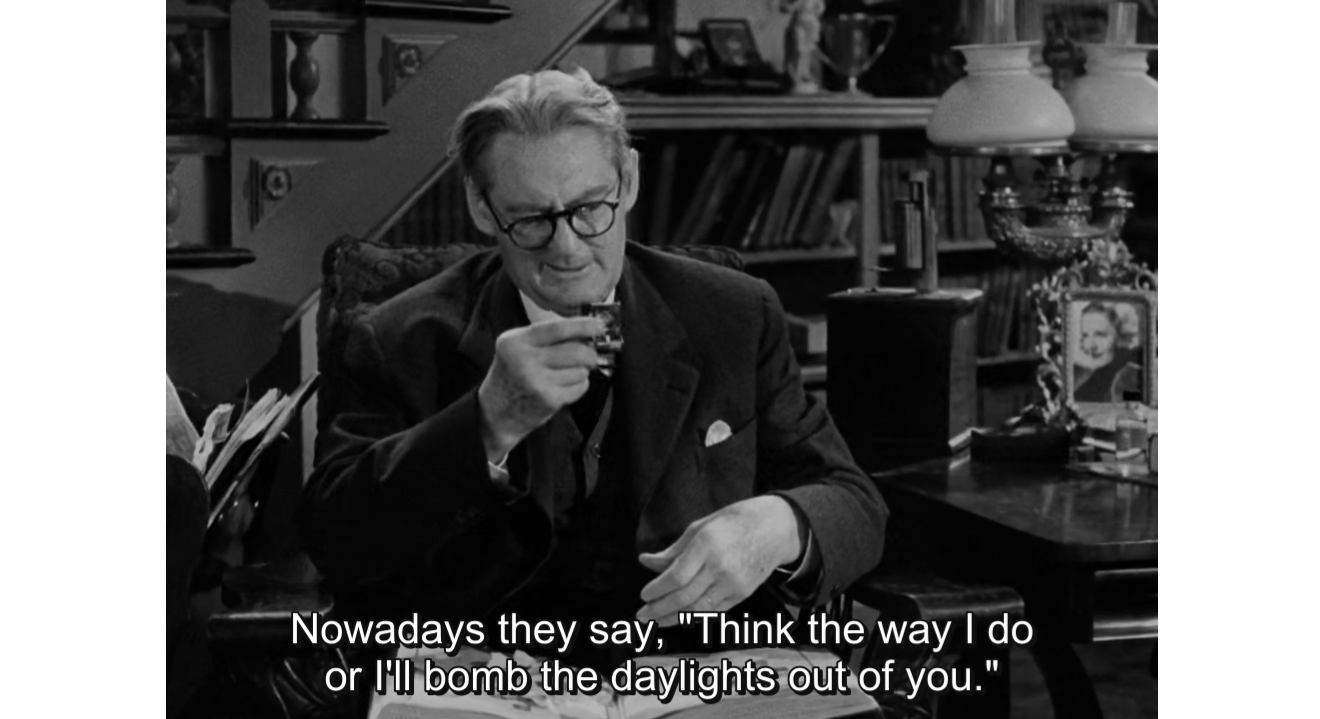Dolphy, National Comedian
by Francis Joseph A. Cruz
Quizon inevitably found his way back to cinema. Starting with bit roles for the very popular films of Fernando Poe, Sr., he would then be discovered by Doc Perez of the famed Sampaguita Pictures who would give the budding a comedian a broader canvass to refine his talents with. With a blossoming career in films, Quizon smartly used his nickname, Dolphy, as his screen name.
The rest, as corny as it may sound, is history. However, unlike the history that the country tends to conveniently forget, Dolphy’s history is something the nation fondly recalls. His trailblazing performance in Mar S. Torres’ Jack en Jill would introduce to Philippine cinema a brand of comedy that finds itself still potent to this day especially with the recent successes of Jade Castro’s Zombadings 1: Patayin sa Shokot si Remington and Wenn Deramas’ Praybeyt Benjamin. Arguably, Dolphy’s hilarious portrayals of the so-called parlorista gay in most of his more popular works may have resulted in an unfortunate public consciousness of limiting homosexuality to the type that Dolphy depicted in cinema. However, Dolphy’s mostly sensitive portrayals, coupled by his endearing public persona, would also elicit an understanding as to the humanity of the Filipino gay man in general.
This is most apparent in his brilliant portrayal of Coring in Lino Brocka’s Ang Tatay Kong Nanay. Coring, a parlor owner who unabashedly lives to the fullest a very carefree gay life involving nightly gimmicks with friends and seasonal sashays as pretend-Miss Universe queens, finds himself suddenly restricted from his pleasures when his former lover leaves his baby with him. Forced to bring up the child oblivious to what he thinks are hobbies of his which might confuse the child, he becomes a pained irony, a gay man whose very traditional view of the world is contrasting with his own sexuality. An unapologetic melodrama, Dolphy easefully injects the role with a sophistication that only a true artist can do so.
Dolphy, however, did not carve his career from merely mining one stereotype. He also developed another stereotype which he conveniently explored in his television shows, from the legendary John and Marsha with Nida Blanca to Home Along da Riles with Nova Villa. Dolphy is perhaps the quintessential Filipino family man: a hardworking breadwinner, usually unlucky in terms of material fortune but extremely lucky in terms of family. There are the usual quirks like the wealthy mother-in-law or next-door neighbor, who would constantly remind Dolphy of his station in life, the roster of oddball friends, who would support Dolphy both in the manufactured trials and his comedy, and the very familiar trials that are laced not with the actual unbearable burden of being poor but with levity and humor.
Dolphy also symbolized Filipino ingenuity. He paraded his comedic skills in films as localized and usually more interesting versions of Batman, James Bond, and Dracula. Usually lacking the extravagant budgets of their Hollywood counterparts, Dolphy makes do with butchered titles like Alyas Batman en Robin, Dolpinger, and Drakula Goes to R.P. and a whole arsenal of indefatigable slapstick and genuine wit.
It may seem that Dolphy’s artistry is unrefined and pandering to the convenience of the masses. However, Dolphy never really strayed from what is pop. He did not have any pretensions of doing art for the sake of art. It just so happened that his fluency in his craft, his tempered navigation of his lengthy career in both films and television, and his legacy of performances that are undoubtedly his, can be argued to be regarded as marks of an artistic vision that is not unlike the ones from the artists who can easily be classified as such.
The Philippines is country that has been known for its people’s ability to find humor in the direst of situations. Curiously, the country’s definition of art, dictated by the academe and the governmental institutions, shies away from the exquisite pleasures of laughter found in the unlikeliest of events, sadly belittling the contributions of artists like Dolphy, relegating them within the realm of the slight and momentary. Reality dictates however that it is these artists’ so-called art that really reflects, without need of a trained eye or taste, the most practical dictates and effects of art to the biggest demographic in the country that requires it.
It is about time Dolphy, not for the fact that he is old, or that he is a respected icon in the industry, be proclaimed as an artist whose dedication for his craft has given him the goodwill that is now being confused as the basis for his nomination as one of the country’s official bastions of art. To do so might just be the most honest things ever done since those awards were created.
(First published in Supreme, Philippine Star, 28 April 2012 as "Why Dolphy is our National Artist.")
.jpg)






































1 comment:
Dolphy.
From Philippines?
He is my Idol.Very Funny and very handsome during his time.
Post a Comment